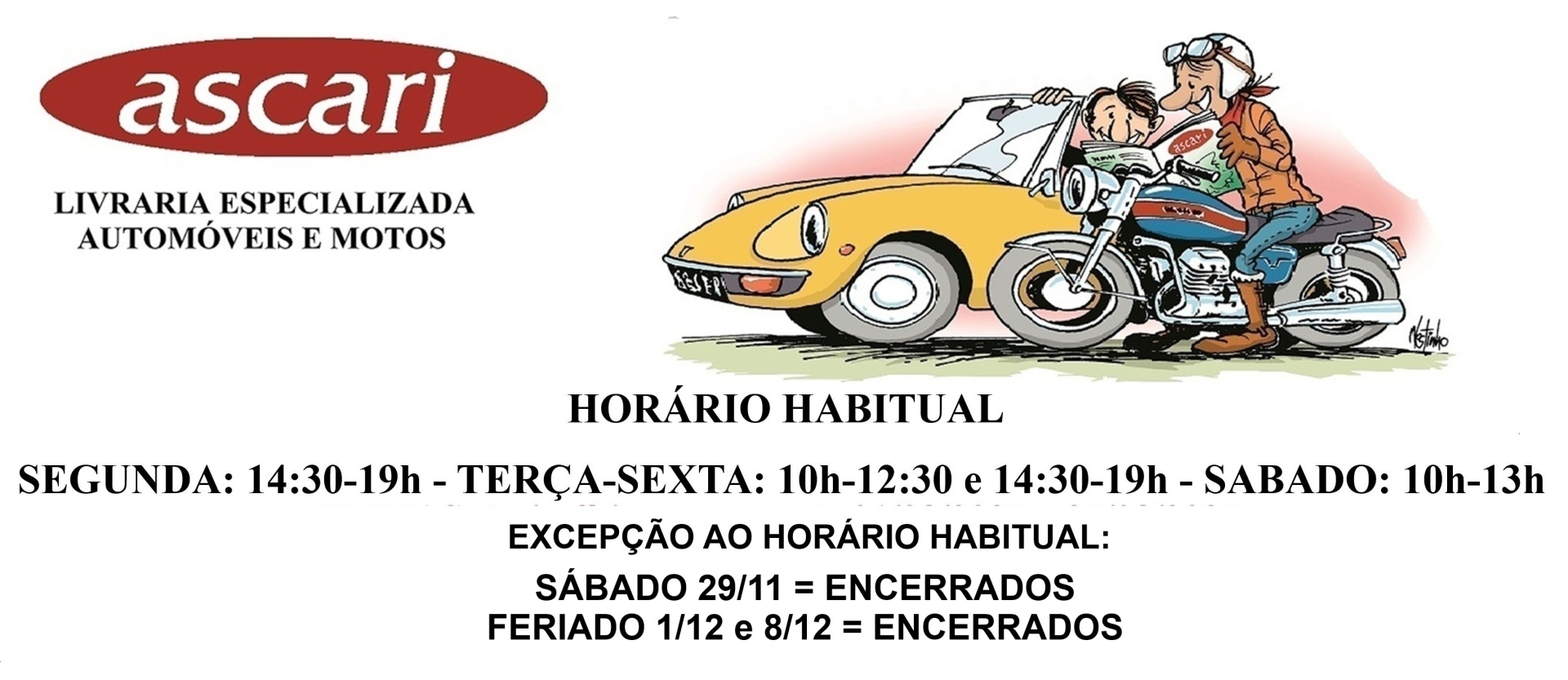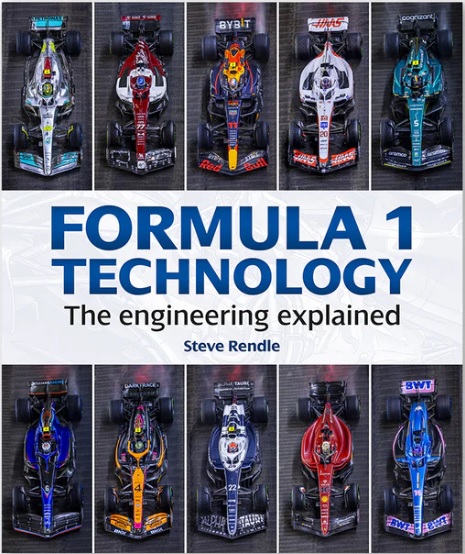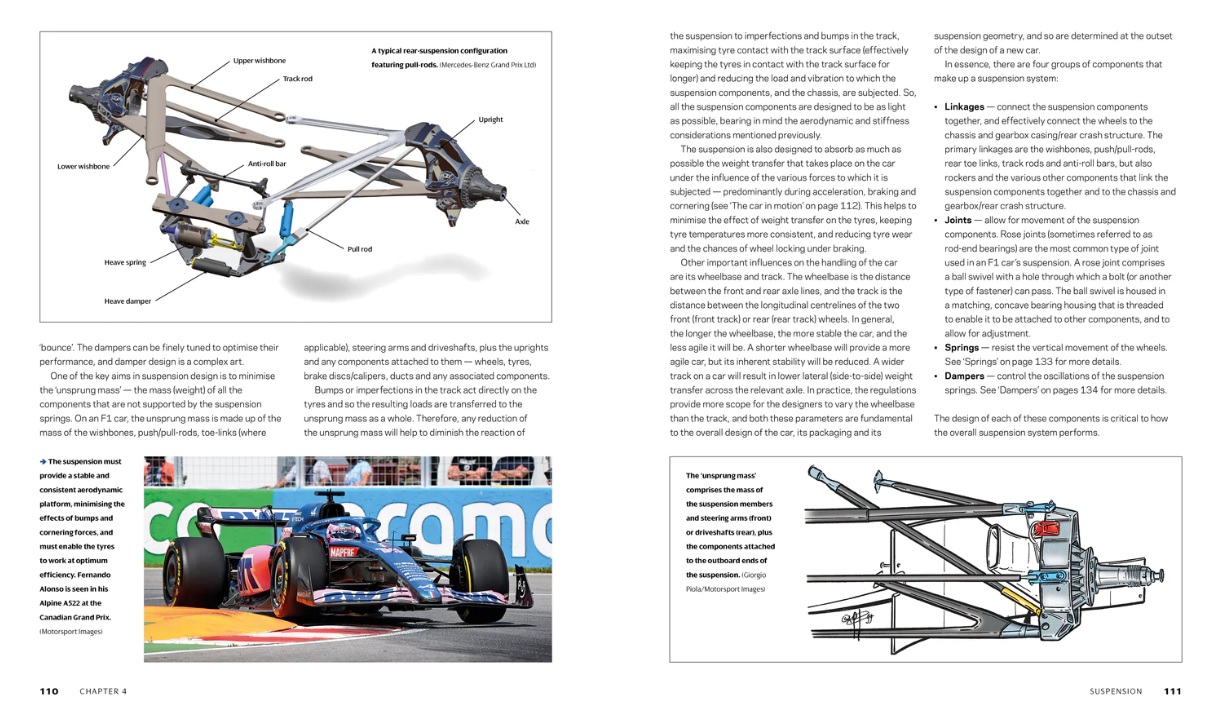Formula 1 Technology - The engineering explained
This book explains how modern Formula 1 cars work and demystifies the extraordinary technology they contain. By meticulously dissecting an F1 car into its constituent components, the author describes the design, engineering and function of every element, enabling the reader to develop a full understanding of how it all comes together to form a competitive package. The text is expertly written to satisfy both the engineering-minded reader as well as any enthusiast of the sport who wants to delve deeper, and supplemented by a superb range of close-up photographs, technical illustrations and diagrams. All F1 fans will find this book a deeply rewarding companion to enhance their appreciation of the sport.
Chassis: design and manufacture; survival cell, fuel tank, impact structures, stiffness.
Aerodynamics: principles, front and rear wings, turning vanes, sidepods, floor, wheels and their effect, brake ducts, suspension components, diffuser, Drag Reduction System (DRS).
Suspension, steering and brakes: suspension layout, geometry and adjustments; steering wheel, column and geometry; brake hydraulics, brake-by-wire system, discs, calipers, pads and cooling.
Power unit: the hybrid era, Internal Combustion Engine (ICE), Energy Recovery System (ERS), fuel.
Transmission: clutch, gearbox, differential, driveshafts.
Electronics: starting system, Electronic Control Unit (ECU), sensors, radio and data communications, cockpit display, cameras.
And more: wheels and tyres; hydraulic system; safety equipment; cockpit controls.
Chapters about car design and set-up.
Use of analysis and simulation techniques such as computational fluid dynamics (CFD), wind-tunnel testing and rig testing.
(PUB 03/2023, Autor: Steve Rendle, idioma: Inglês, 336 págs, capa dura, 27X22 cms, 450 fotos)
| Marca | Evro Publishing |
|---|










